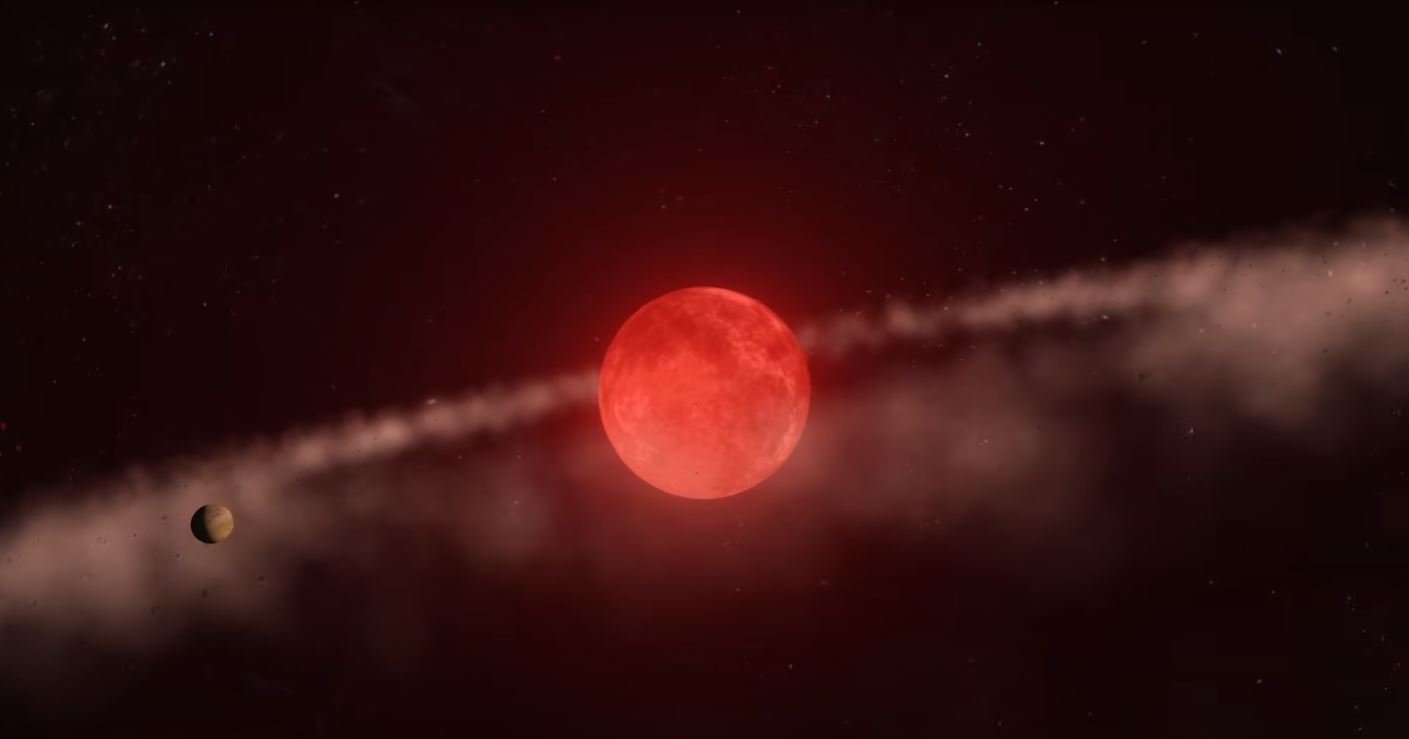A team of astronomers has discovered a resilient planet that has survived a doomsday scenario, according to new research published in the scientific journal Nature.
The planet, named Halla, orbits a giant star about 11 times the width and 1.6 times the mass of the Sun known as Baekdu, about 520 light-years away in the constellation Ursa Minor.
Despite everything, Scientists claim that Halla managed to survive the extreme events of an apocalypse and ‘did not die’, as would be expected in a similar scenario.. For example, in about five billion years the Sun will run out of fuel and expand into a red giant until it swallows Earth and other planets.
Examining the details of Baekdu, the researchers found that the star was already using helium for fuel and entered the red giant phase, a common process that occurs as stars die. According to the information gathered, Baekdu must have already gone far beyond his current state and thus swallowed Halla.
“By consuming hydrogen fuel in its core, the star would have swelled to 1.5 times the planet’s current orbital distance before shrinking to its current size – in the process, it would have completely engulfed the planet. Engulfment by a star often has disastrous consequences for planets in close orbit. “It was a complete surprise when we realized that it had managed to survive in the immediate vicinity of its star.” Dan Huber.
How did the planet survive the apocalypse?
Scientists still do not fully understand the situation, but they suggest that: The most likely explanation is that the apocalypse was averted by a second star that may have existed in that system.. In the aging process of the two stars, one would absorb the other, hindering the expansion process, which would result in swallowing Halla.
Another hypothesis is that it is a newly formed planet as a result of the collision of these two stars. In this case, Halla would remain ‘alive’ due to the cooling caused by a gas cloud on impact.
In any case, astronomers will continue to examine the data, including what they believe the observations may help unravel some of the mysteries behind the birth and death processes of stars.
“This system demonstrates that helium-burning red giants can harbor nearby planets and provides evidence for the role of non-canonical stellar evolution in the long-term survival of late-stage exoplanet systems,” the researchers wrote.
Source: Tec Mundo
I’m Blaine Morgan, an experienced journalist and writer with over 8 years of experience in the tech industry. My expertise lies in writing about technology news and trends, covering everything from cutting-edge gadgets to emerging software developments. I’ve written for several leading publications including Gadget Onus where I am an author.













